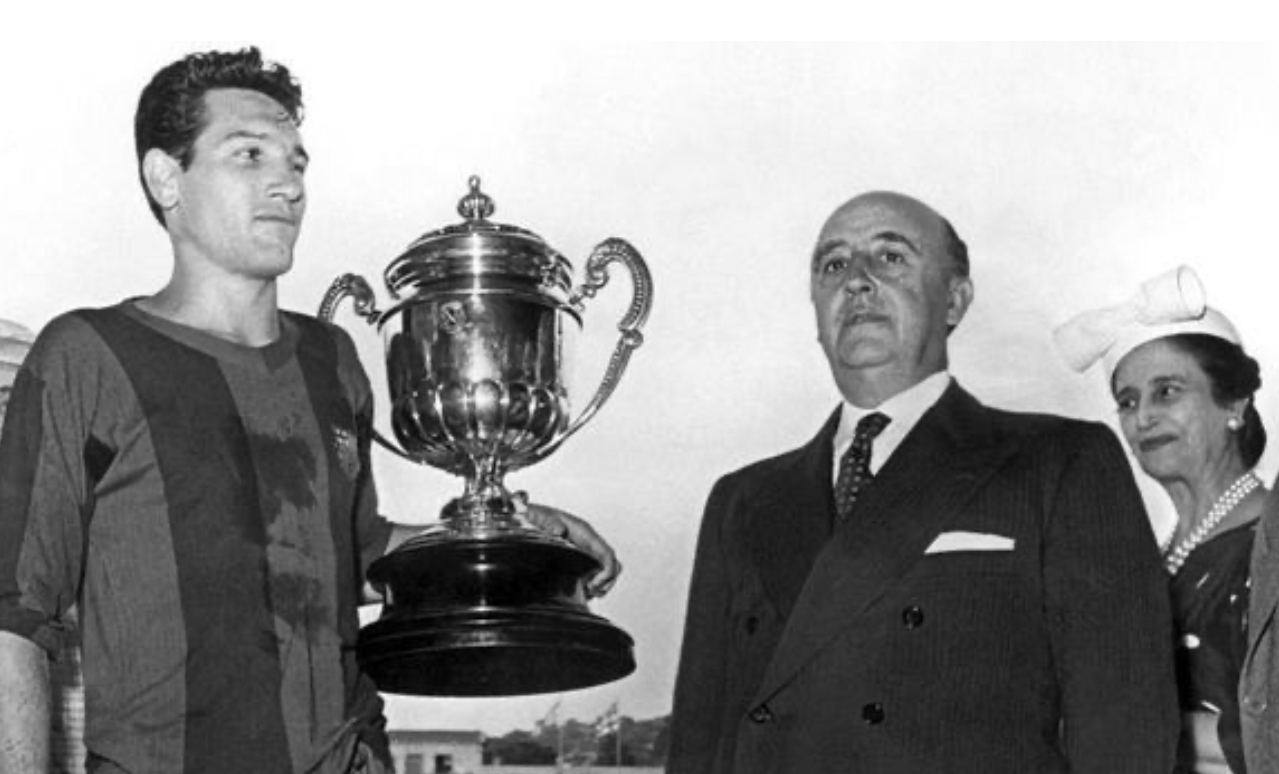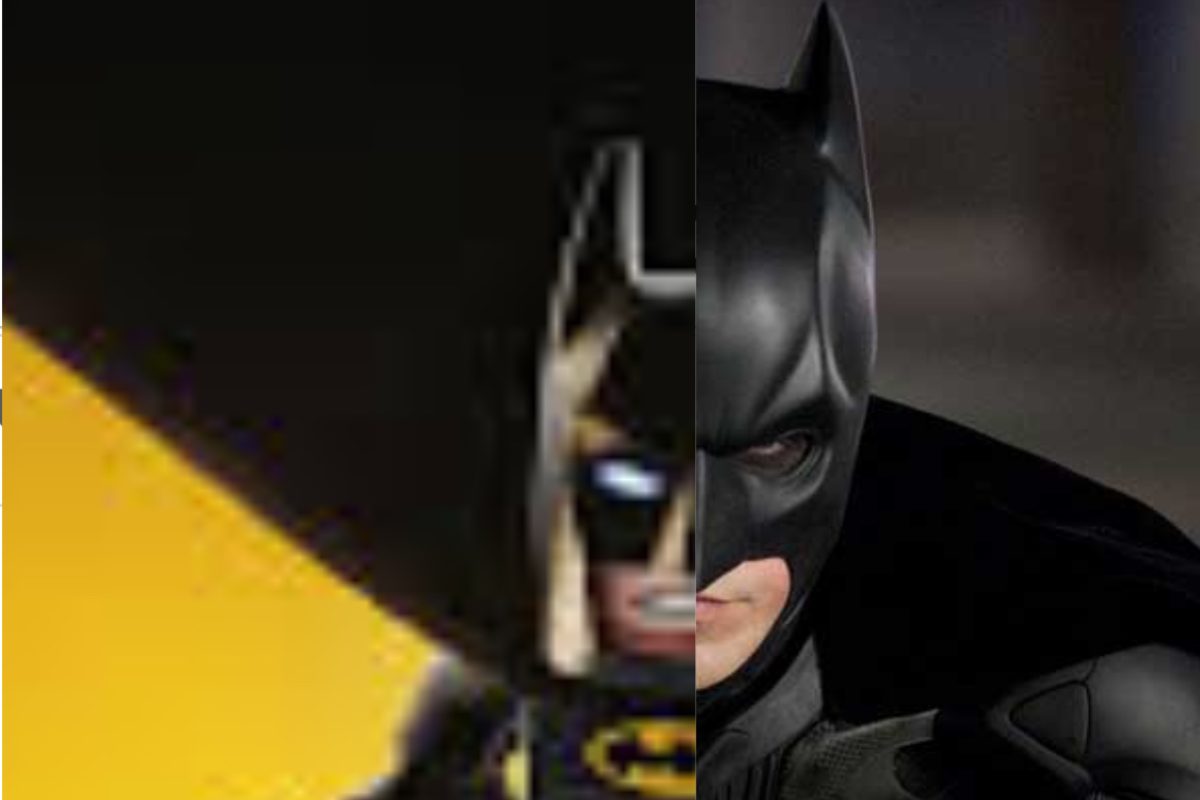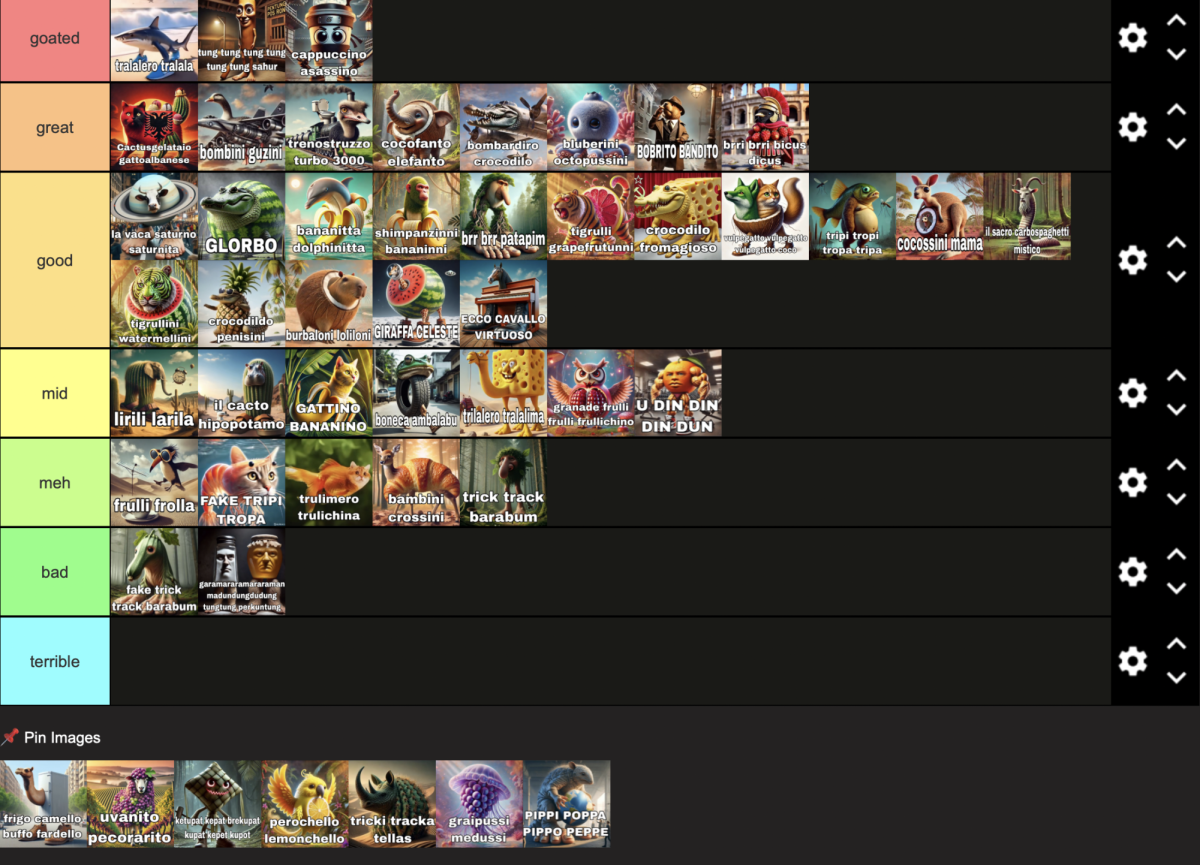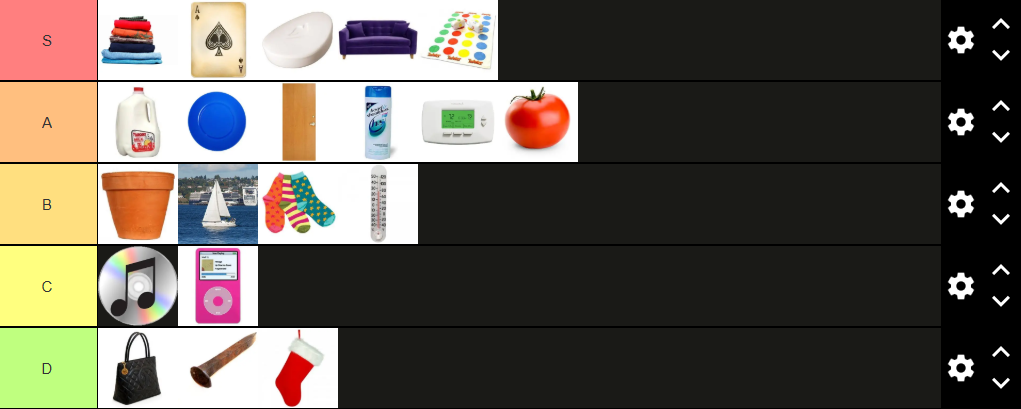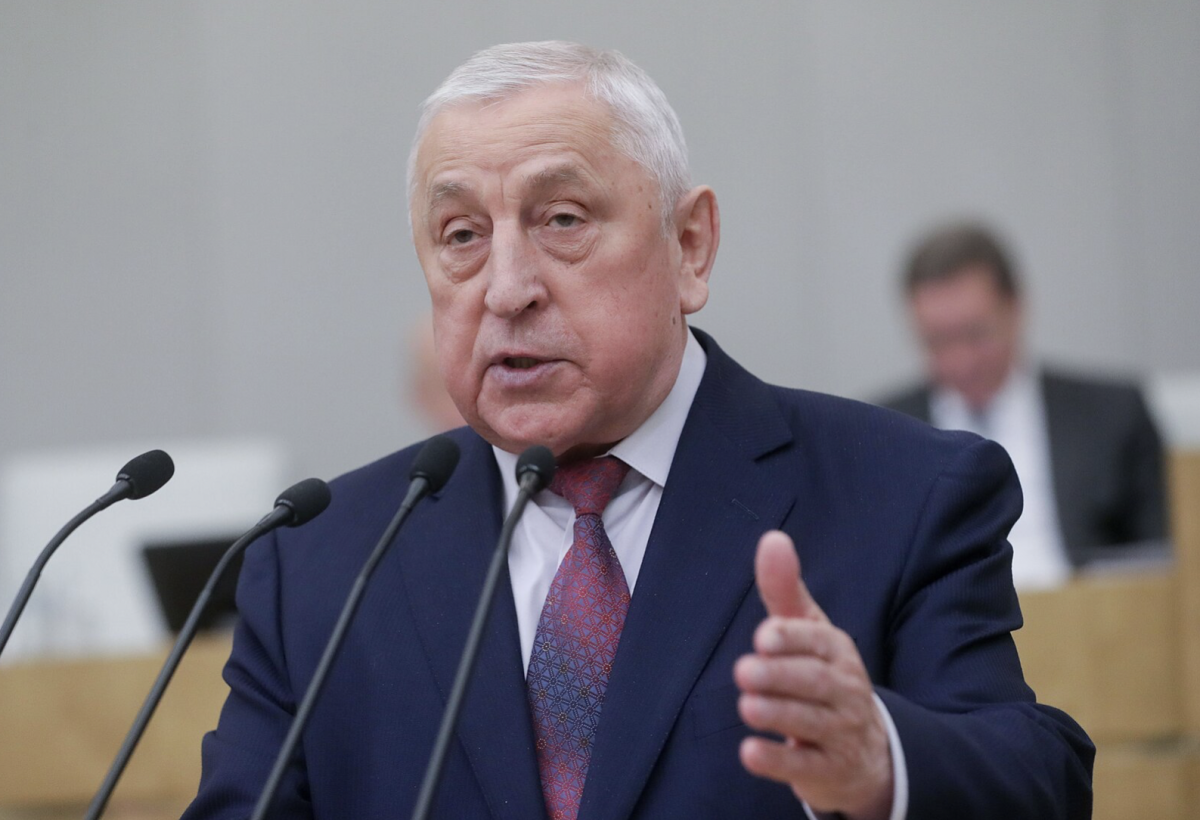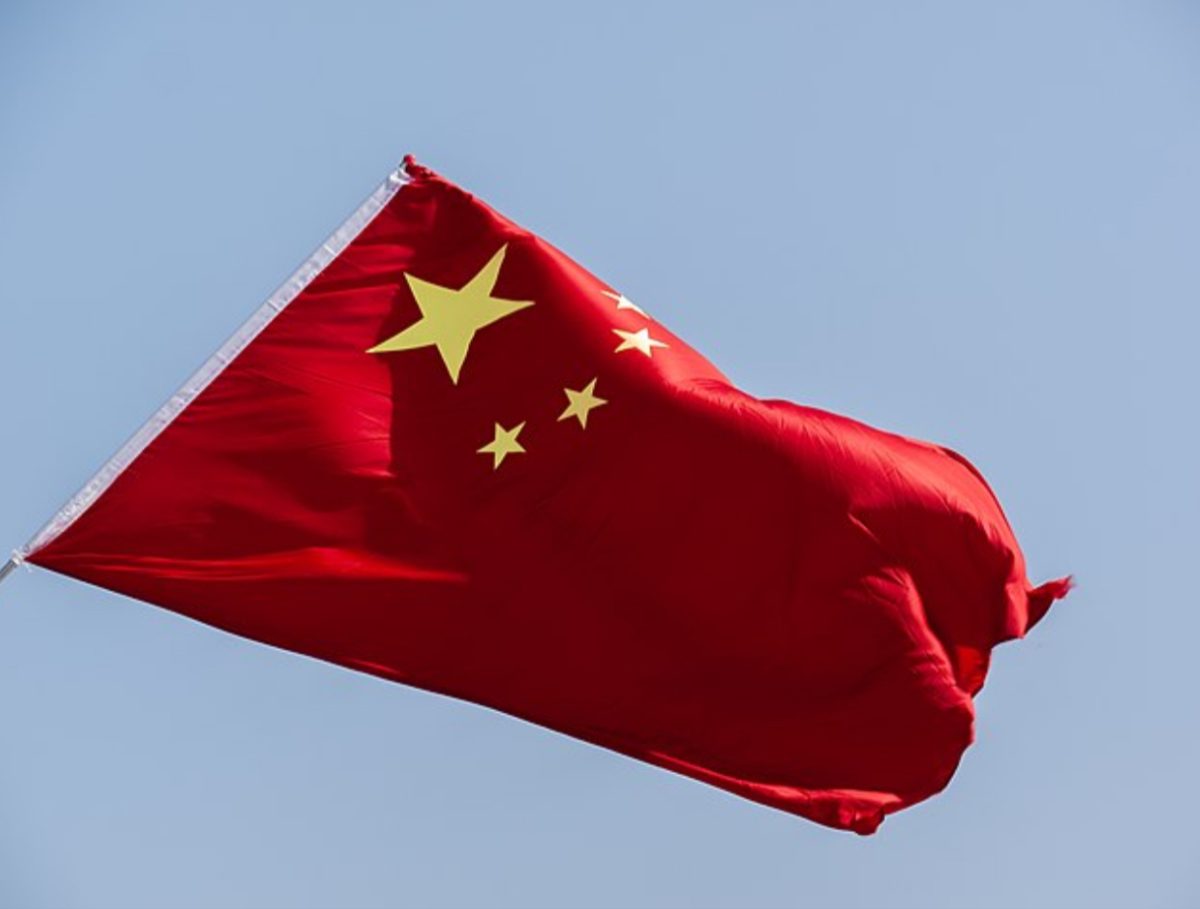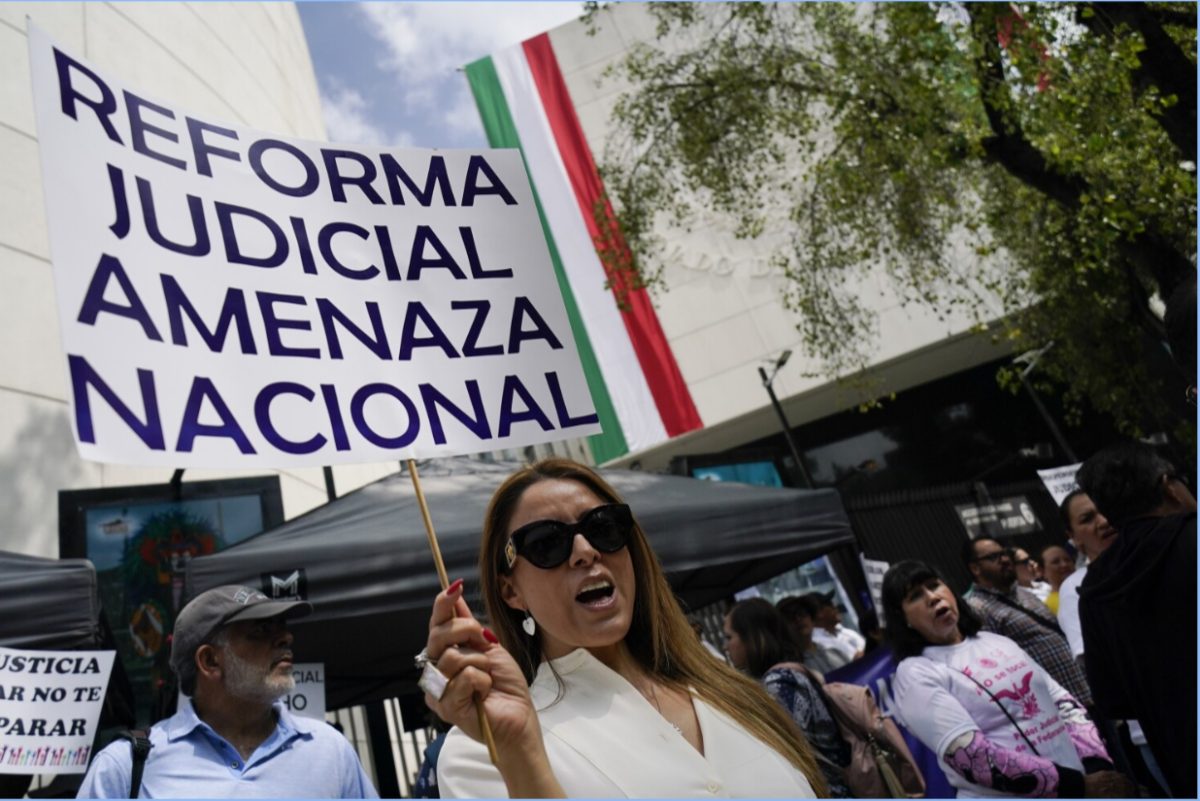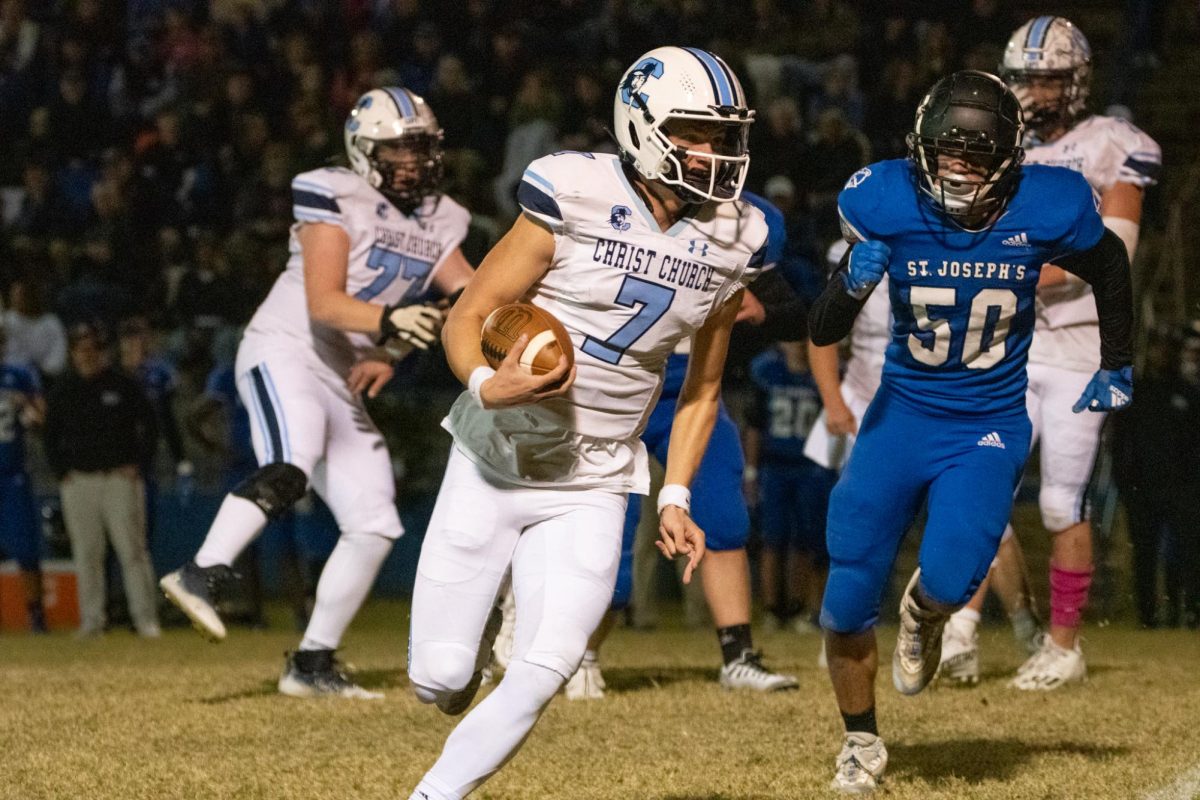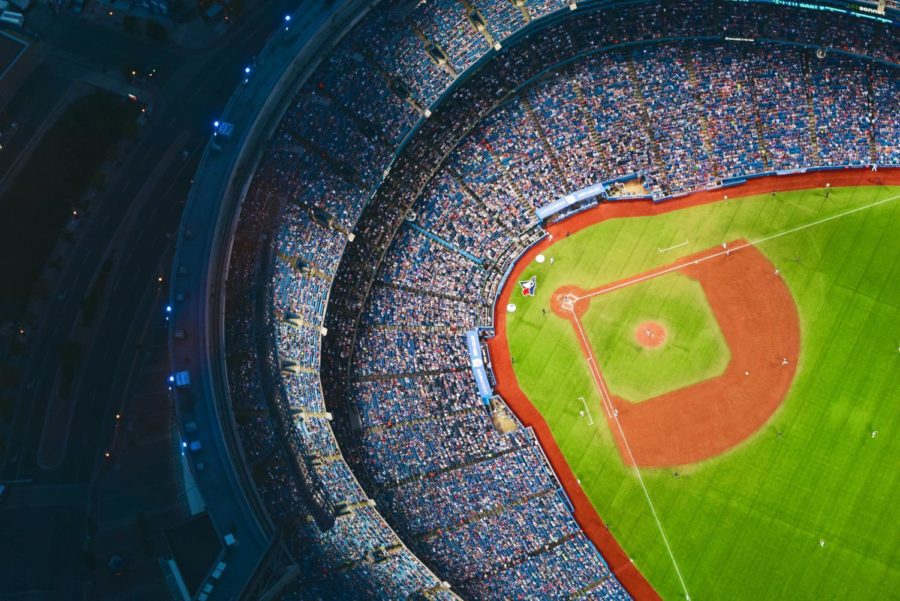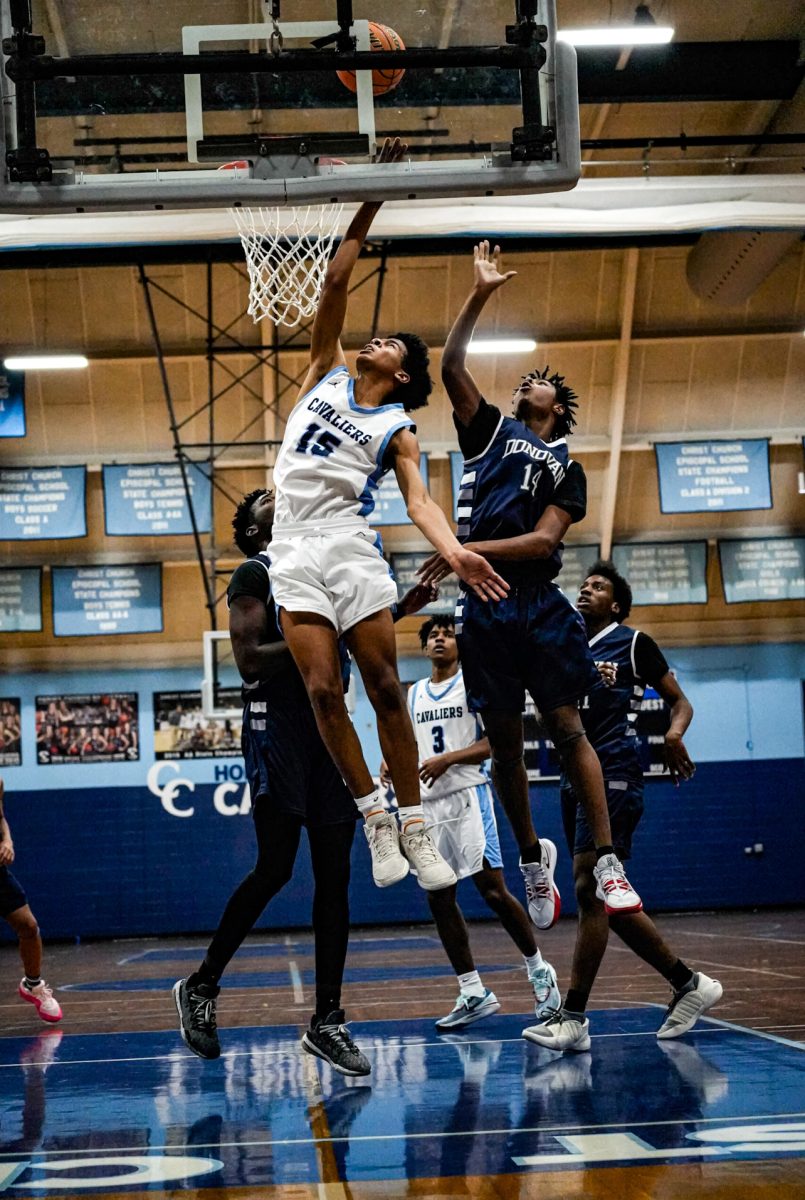There are few things Spain is better known for than their love of soccer. The country’s national teams and clubs have been among the sport’s most prominent and successful for about as long as the game has been played internationally. From Real Madrid’s record fifteen UEFA Champions Leagues, Barcelona’s imperious tiki-taka style first introduced by Johan Cruyff and perfected under Pep Guardiola, or the nation’s triumphs in the 2010 World Cup and 2023 Women’s World Cup, few countries can measure up to Spain’s dominance in the beautiful game. Spain’s success on the pitch, however, comes against a backdrop of long-standing political turmoil, including a bloody civil war that led to a fascist dictatorship under General Francisco Franco. The legacy of the Civil War and Franco’s 40-year rule as Caudillo, as well as Spain’s diverse regional identities, still has profound impacts on Spanish sport. Today, fan culture and major rivalries are shaped around these events, making it impossible to tell the story of Spanish soccer without the context of the nation’s turbulent political history. Throughout his regime, Franco centralized sport and attempted to align it with his ideals of Spanish superiority, with soccer essentially becoming a marketing tool for the Generalísimo. Clubs and players were expected to be fiercely loyal to the regime, and many clubs, such as Barcelona and Athletic Club, were barred from displaying their regional identity, something very much in line with Franco’s policy of repression towards non-Castilian culture in Spain. Eventually, distinct rivalries emerged between clubs and fan bases that saw themselves as ‘anti-Franco’ and those that were perceived to support Franco’s government and the Spanish state. Easily the most prominent example of this is El Clásico, the famous rivalry between Barcelona and Real Madrid, the club Franco most visibly aligned himself with during his rule. While Spain’s Fascist government clearly sought to use sport to its advantage, the relationship between soccer and Franco’s regime is still a topic of intense debate. This paper will attempt to determine the role sport played in propping up Franco’s government, whether soccer served as a platform for protest and resistance against the regime in areas such as Catalonia and the Basque Country, and the extent to which Franco actually supported Real Madrid.
Soccer began in Spain as a game played by British miners stationed in the country’s southwest. The sport then spread to Bilbao, where Spain’s first superpower emerged. Athletic Club was formed in 1898, and became famous for the policy of limiting its squad to exclusively Basque players, something the club still maintains today. Athletic’s fast-paced, physical style of play led to great success for the club, winning multiple Copa Del Rey titles in the early 1900s. At the 1920 Olympic Games, the club’s approach was, as Jonathan Wilson puts it, “reified as the Spanish style.” Playing with an energetic and ferocious game stylistically similar to that of Athletic, Spain defeated the Netherlands to win silver at the tournament. A Dutch newspaper coined Spain’s style as La Furia, a term that was soon adopted by the Spanish. After coming to power in 1939, Franco was enamored with La Furia. Like Mussolini and Hitler, el Caudillo attempted to use sport as a means of displaying the strength of his people. La Furia was, in Wilson’s words, “the spirit of the dictatorship, promoted as part of the propaganda of Franco’s New Spain, part of the tradition that had seen the Muslims expelled from Granada and the conquistadors set off across the Atlantic and into which Don Quixote was co-opted as exemplary of the Spanish refusal to compromise.” In the eyes of the regime, sporting victories for Spain on the international stage became victories for the Spanish race. Notably, Spain defeated the USSR in Madrid in the final of the 1964 European Championship, a result that represented a huge propaganda victory for Franco over his Communist adversaries. It is clear that Franco’s government utilized soccer as a way of displaying the dictator’s ideals of racial superiority and national unity. Somewhat ironically, however, the style of soccer endorsed by the regime held its roots in the Basque country, a region whose culture the dictator held great disdain for.
Though Spain’s 1964 European Championship title was undoubtedly a big deal for the regime, the success of one Spanish club proved to be far more useful for Franco’s government. Real Madrid were the dominant side in European soccer in the 1950s and 60s, winning the first five editions of the European Cup. Real Madrid’s success painted an extremely glamorous image of Spain abroad, one that ignored the political persecution and cultural repression that was rampant under the regime. Fernando Maria Castiella, who served as a Foreign Affairs Minister under Franco, once noted that “[Real Madrid] is the best embassy we have ever had.” This, along with the club being from the capital, made Los Blancos the favorite club of the regime, with Franco frequently attending Real Madrid games at the peak of their dominance. Madrid’s rivals were quick to label the club as ‘Franco’s team,’ asserting that the club owed their success to their connections with the regime. While Franco certainly favored Real as the club that best represented his vision for Spain, the idea that the club owed their success to Franco’s influence is much more dubious. Alfredo Di Stéfano’s transfer is often pointed to as an example of the regime supposedly interfering on Real’s part, particularly by those of a Barcelona persuasion. Di Stéfano, an argentinian, was playing for Colombian outfit Millianarios in 1953, and appeared set to join the Blaugrana, even appearing in a friendly for the club. The transfer, however, was complicated by the fact that River Plate, Di Stéfano’s former club, still claimed rights to the player. Di Stéfano’s move to Barça stalled, and Real Madrid swooped in to sign the striker. Rumors and accusations have long linked the saga with the intervention of Franco, though direct involvement from the regime seems unlikely. Madrid were not particularly successful in the early years of Franco’s rule, and it was only after Di Stéfano’s arrival that Madrid became Spanish soccer’s preeminent club. Franco associated himself with whatever club aligned most with his ideology. Before Real Madrid it was Athletic Club, for example. Franco’s support for Real was a byproduct of the club’s success. As Giles Tremlett puts it, “It was probably Franco who used Real Madrid, rather than the other way around.” Nonetheless, Real Madrid came to be seen as representing Spain’s political establishment, and even today holds the moniker of ‘Franco’s team.’
In contrast with Real Madrid, FC Barcelona are regarded as the club that were most opposed to, and therefore harmed by, the regime. Again, while there is some accuracy to this sentiment, the truth is more nuanced. The city of Barcelona, like Madrid, was a Republican stronghold during the Civil War. Many of Barça’s executives during the war were also prominent Catalan politicians, including Josep Sunyol, who was killed by Francoist troops in 1936. It’s easy to look at this event as evidence that the club had always been at odds with Franco, but in reality Barça, like every other club, fell in line with the regime after the Nationalist victory. Barça’s name was Castilianized and their badge was redesigned, with the four red and yellow stripes representing the Catalan flag being reduced to two. Additionally, Barcelona’s first president after the Civil War, Enrqiue Piñeyro de Queralt, was handpicked by the government, a figure who was “not representative” of the club’s reputation of supporting the Republicans and Catalan independence. This reputation, however, never escaped Barcelona, and the rivalry that formed between the Blaugrana and Real Madrid essentially made Barcelona the opposition club of the establishment by default. Though public criticism of the regime was censored and extremely dangerous, soccer games provided supporters a space to make their feelings known. It’s often said that in booing Real Madrid, Barça fans booed the representatives of Spain. Furthermore, in the later years of Franco’s rule, the Camp Nou offered a refuge for fans to express regional identity, speaking in Catalan and flying the Senyera, two things that were outlawed under the regime. It was a similar story for Athletic and other Basque clubs. Famously, in the first match between Athletic and Real Sociedad after Franco’s death, both clubs walked out with the Ikurrina, the flag of the Basque Country. While Barcelona’s history of opposing the regime is often romanticized, especially in Franco’s early years in charge, soccer certainly served as a means of expressing regional identity for clubs like Barça and Athletic, and an escape from the policy of cultural repression enforced under the regime.
In the 21st Century, even as the Spanish national team has ascended to heights it never reached during Franco’s rule, winning the World Cup for the first time in 2010 and three European Championships since 2008, and Spain’s clubs continue to dominate on the European stage, tensions still run high in Spanish soccer. The Senyera and Ikurrina are still flown at the home games of Barcelona and Athletic, and calls for independence among supporters of these clubs is common. El Clásico is still seen as a match between the Spanish left and right, the oppressed against the oppressors. In the midst of a referee scandal in 2023, Barcelona president Joan Laporta labeled Real Madrid as “the club of the regime.” Real swiftly denied this accusation, before releasing a video claiming that it was in fact Barça who Franco actually favored.
Though Spain has operated as a democracy for nearly 50 years since General Franco’s death, it makes sense that Spanish soccer is still affected by the legacy of the dictatorship. Sport, and soccer in particular, served as an extremely useful tool in the regime’s arsenal. The success of Real Madrid and to a lesser extent the Spanish national team under Franco projected the image of a unified, successful country onto Spain, and served as a distraction domestically from the horrors of the regime, including the killings of hundreds of thousands of political dissidents. In Spain, a nation that still grapples with its tumultuous history, soccer remains inextricably linked to the country’s past.
Bibliography
Bosher, Mario Cortegana and Luke. “Real Madrid Accuse Barcelona of Being Franco’s Club after Joan Laporta Attack.” The New York Times, The New York Times, www.nytimes.com/athletic/4422079/2023/04/17/real-madrid-joan-laporta-barcelona-corruption/. Accessed 8 Mar. 2025.
“El Clásico.” Wikipedia, Wikimedia Foundation, 13 Feb. 2025, en.wikipedia.org/wiki/El_Cl%C3%A1sico.
Fitzgerald, Nick. The Story of Real Madrid And The Franco Regime. These Football Times, September 27, 2017
Lowe, Sid. Fear and Loathing in La Liga: Barcelona vs Real Madrid. Bold Type Books (Formerly Nation Books), 2014.
Pocfd. “The Greening of the Basque Country – Football after Franco.” Beyond The Last Man, 19 May 2020, beyondthelastman.com/2020/05/19/the-greening-of-the-basque-country-football-after-franco/.
Tremlett, Giles. Ghosts of Spain: Travels through a Country’s Hidden Past. Faber and Faber, 2012.
Wilson, Jonathan. Inverting The Pyramid: The History of Soccer Tactics. Nation Books, 2013.
Winkel, Adam. Zoom interview. 14 Jan. 2025.

